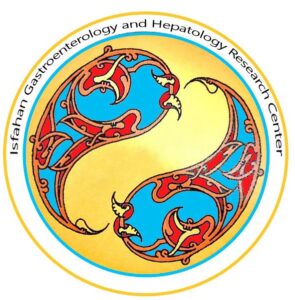| Original Article |
Question: What effect do patient-reported outcome measures (PROMs) have on predicting readmissions within 30 days?
Design/Method: A prospective cohort study was conducted between 2014 and 2020. Clinical information, socioeconomic status, PROMs addressing the functional status, and quality of life were collected. A hierarchical competing risk time-to-event analysis was used to examine the impact of PROMs on readmission prediction
Setting: The United States
Patients/Study community: Adults with cirrhosis
Results: PROMs may marginally add to the prediction of 30-day readmissions for patients with cirrhosis. Poor social support and disability are associated with readmissions and may be high-yield targets for future interventions
| Socioeconomic status, Functional status, and quality of life and their associations with 30-Day readmission | |||
| Characteristic | Value | HR (95% CI) | P Value |
| Socioeconomic status
Education (degree earned) * Less than high school *High school or equivalent *Any college |
12.3 57.6 30.1 |
Ref 1.04 (0.69–1.57) 1.08 (0.70–1.68) |
.84 .72 |
| Employment
*Employed *Unemployed *Retired |
20.4 50.6 29.0 |
Ref 1.20 (0.85–1.69) 0.93 (0.63–1.38) |
.30 .73 |
| Adults at home median (IQR)
Adults with income median (IQR) |
2 (2–2)
2 (1–2) |
0.92 (0.78–1.10)
0.86 (0.71–1.04) |
.36
.13 |
| Children at home, median (IQR) | 0 (0–0) | 0.81 (0.65–1.03) | .08 |
| >6 months’ expenses saved | 27.2 | 0.76 (0.55–1.06) | .11 |
| Functional status
*Impaired basic ADLs *Impaired intermediate ADLs *Impaired mental health *Impaired social/role function *Impaired social activity *Impaired quality of interactions |
49.9 73.4 41.6 64.7 59.6 34.4 |
1.37 (1.07–1.77) 1.15 (0.86–1.54) 1.22 (0.95–1.58) 0.88 (0.47–1.65) 1.09 (0.84–1.41) 1.04 (0.80–1.36) |
.01 .35 .12 .69 .53 .76 |
| Quality of life
*Abdominal symptoms *Fatigue *Systemic symptoms *Activity *Emotional function *Worry *Overall |
3.5 ± 1.4 2.8 ± 1.3 3.8 ± 1.2 3.7 ± 1.3 4.5 ± 1.2 4.3 ± 1.4 3.8 ± 1.0 |
0.96 (0.88–1.05) 0.96 (0.87–1.06) 0.98 (0.89–1.09 0.94 (0.86–1.03) 1.07 (0.96–1.19) 0.95 (0.87–1.04) 0.97 (0.85–1.10) |
.41 .44 .73 .20 .24 .28 .62 |
| ADL: activity of daily living, CI: confidence interval, HR: hazard ratio, IQR: interquartile range | |||
Commentary:
| Patients with decompensated cirrhosis frequently have early remission; hence, in severe liver disease, preventative measures must also address the detrimental impacts of inadequate social support and functional incapacity. Complex, multifaceted interventions aimed at improving self-care and connecting patients with local resources may be employed to accomplish these objectives. |
Citation: Eric S. Orman, Marwan S. Ghabril, Archita P. Desai, and et all. Patient-Reported Outcome Measures Modestly Enhance Prediction of Readmission in Patients with Cirrhosis. Clinical Gastroenterology and Hepatology. 2022; 20(6): 1426-1437
DOI: 10.1016/j.cgh.2021.07.032
https://pubmed.ncbi.nlm.nih.gov/34311111/
Topics: Health services, Hepatology, Hospitalization, Cirrhosis


